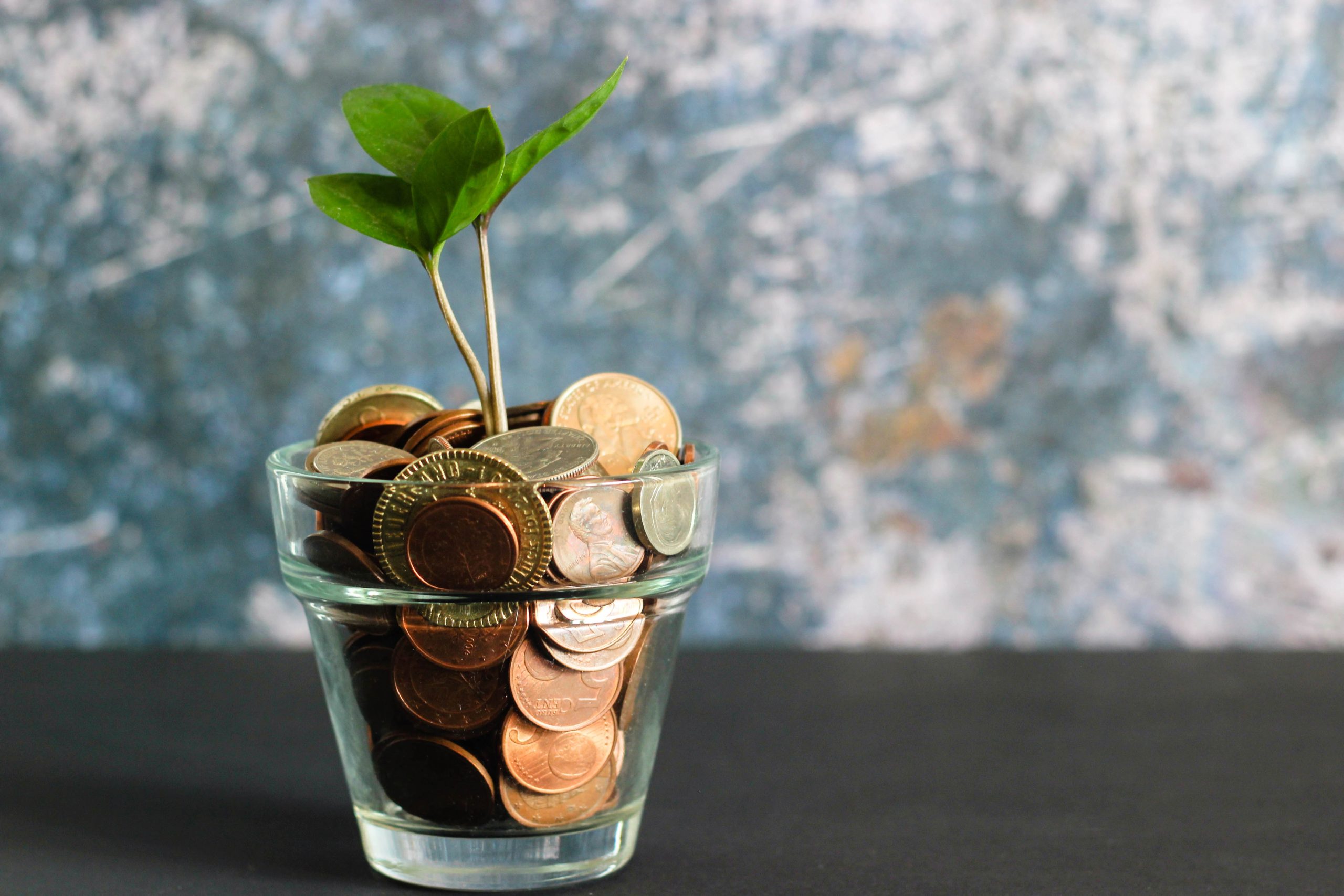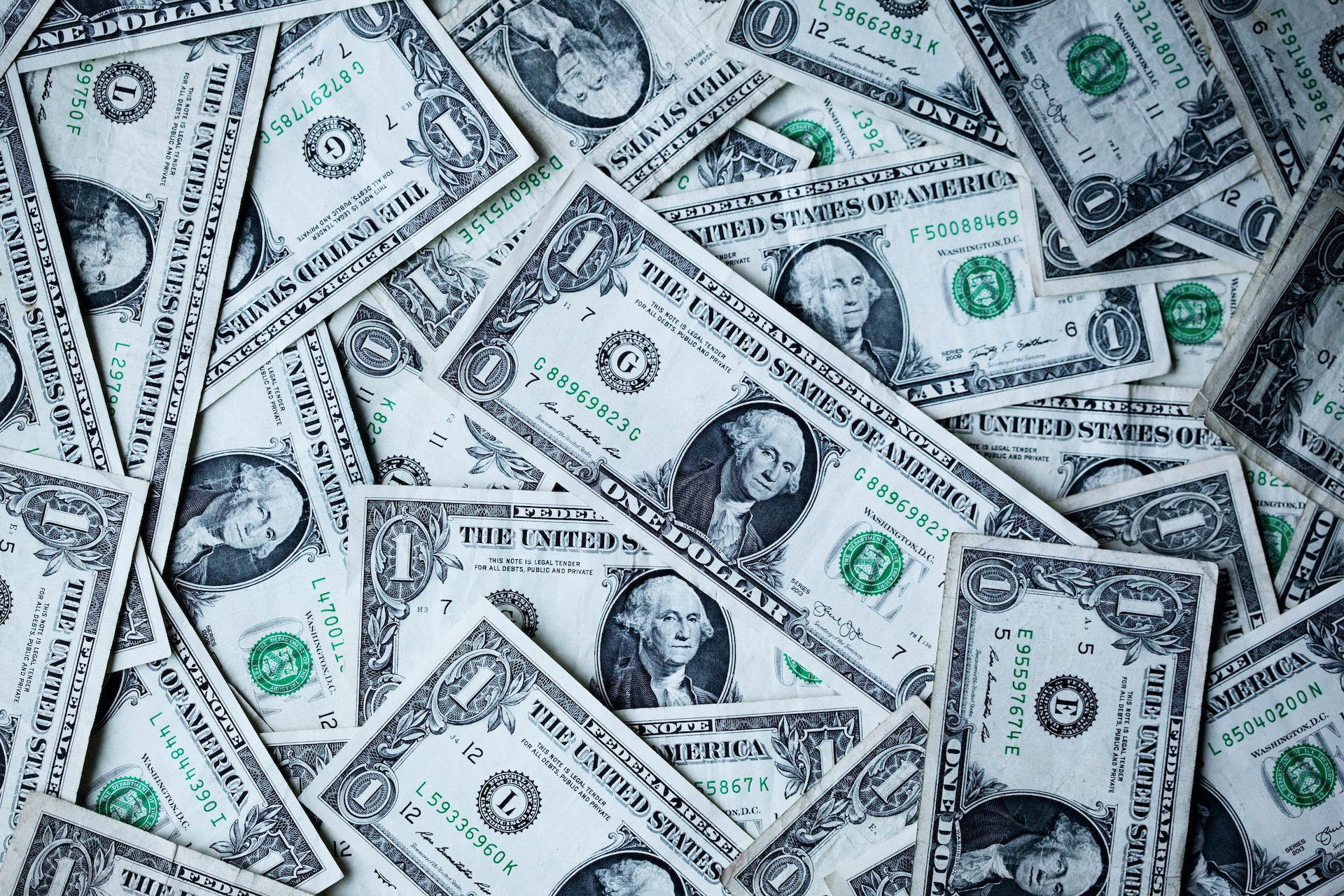The EU Green Fund has become a hot topic in recent years as the world becomes more environmentally conscious. It’s no secret that businesses are under immense pressure to reduce their carbon footprint, and the fund provides an excellent opportunity for companies to access financial support for eco-friendly initiatives. However, navigating the unstable waters of EU Green Fund regulations can be tricky, especially if you’re new to sustainability efforts. In this blog post, we’ll dive into what you need to know about these regulations and how they could impact your business. So grab a life jacket and let’s get started!
The European Union’s Green Fund
The European Union’s Green Fund is a set of regulations designed to incentivize investment in green technologies and projects. The fund is open to both public and private sector entities, and provides a range of benefits including tax breaks, low-interest loans, and equity financing.
While the Green Fund has been praised for its potential to drive innovation and combat climate change, it has also come under fire for its complex application process and lack of transparency. In addition, some critics argue that the fund disproportionately benefits large corporations over small businesses and individual investors.
Despite these challenges, the Green Fund remains an important tool for promoting sustainable development in the European Union. With continued support from policymakers and the business community, it has the potential to transform the way we produce and consume energy, paving the way for a more sustainable future.
Unstable water regulations
Since the European Union’s inception, water regulations have been in a state of flux. The EU has constantly been revising and updating its directives on water quality and quantity. This has created a lot of uncertainty for businesses operating in Europe, as they never know when new regulations are going to come into force.
The latest directive on water regulation is the Water Framework Directive (WFD), which was introduced in 2000. The WFD requires all member states to take measures to improve the quality of their surface waters and groundwater. This includes setting targets for water quality and establishing programmes to achieve these targets.
The WFD has been revised several times since it was first introduced, and further revisions are expected in the future. This constant change makes it very difficult for businesses to comply with the directive, as they have to constantly keep up-to-date with the latest requirements. In addition, different member states have implemented the WFD in different ways, which can create confusion and make it difficult to trade across borders.
Despite these challenges, businesses must still ensure that they comply with the latest water regulations. Failure to do so can result in significant fines or even a prison sentence. If you are operating a business in Europe, it is essential that you stay up-to-date with the latest water regulations and ensure that you have adequate systems in place to comply with them.
How to navigate the EU Green Fund
The EU Green Fund is a set of regulations that govern the use of green energy in the European Union. The fund is designed to promote the use of renewable energy and to reduce greenhouse gas emissions. The fund is also intended to help member states meet their climate change goals.
There are a number of ways to navigate the EU Green Fund. One way is to contact your local utility company or power provider and ask about green energy options. Another way is to look for green energy suppliers in your area. You can also find information about the EU Green Fund online.
What the future holds for the EU Green Fund
The year 2019 was a tumultuous one for the European Union Green Fund (EUGF). The UK’s withdrawal from the EU and the election of a new European Commission president created uncertainty about the future of the fund.
However, the EUGF has weathered these storms and is on track to continue its work in support of climate action and sustainable development. The fund has committed over €1 billion to projects since it was established in 2014, and it is expected to increase its impact in the coming years.
What does the future hold for the EUGF?
The EUGF will continue to be an important source of financing for climate action and sustainable development projects in Europe. In 2019, the fund committed €315 million to 57 projects across Europe. These projects will help to reduce greenhouse gas emissions, promote renewable energy, protect biodiversity, and more.
Looking ahead, the EUGF is expected to play an even more important role in supporting Europe’s transition to a low-carbon economy. The fund will continue to invest in clean energy, energy efficiency, and other climate-related initiatives. It will also help to finance the development of new technologies that can further reduce emissions.
As Europe moves towards its goal of becoming climate-neutral by 2050, the EUGF will be an essential part of making this transition possible.










